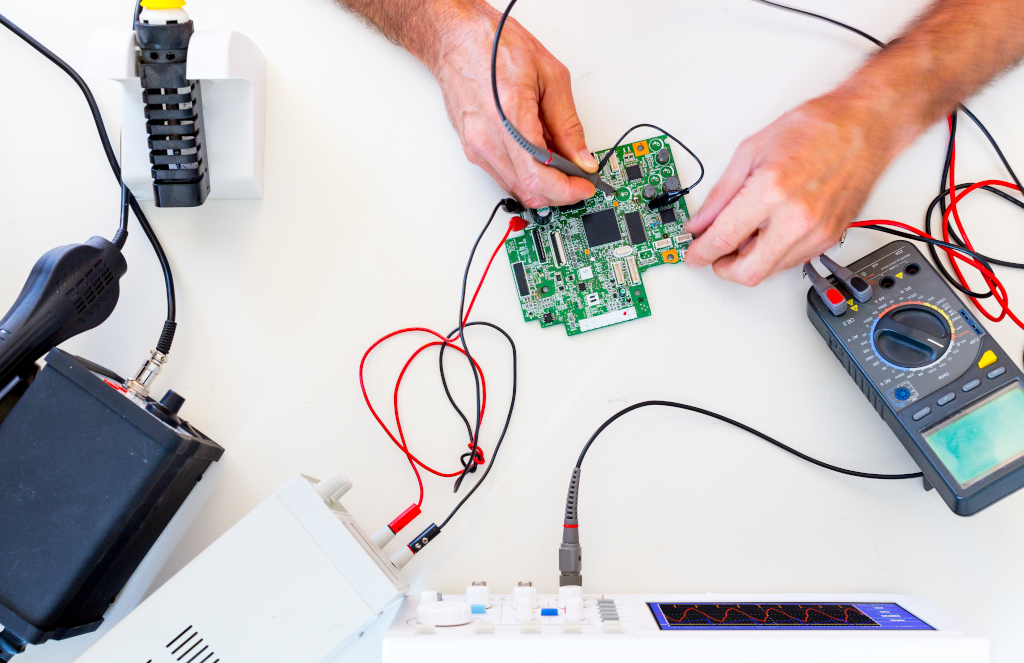What are MEMS?
Microelectromechanical systems, or MEMS, are tiny devices that combine electrical and mechanical components on a microscale. MEMS range from 1-100 micrometers in size and integrate electronic components like sensors, actuators, and transistors onto integrated circuits via microfabrication technology. With minimum dimensions of less than 1 mm, MEMS devices require specialized design tools and microfabrication techniques that merge materials processing, precision engineering, and packaging to form complex interfacing between the electronic and mechanical components.
Sensors Drive MEMS Applications
MEMS sensors are integrated devices that sense and measure physical properties and translate them into electronic signals. Common Microelectromechanical Systems (MEMS) sensors are used to detect acceleration, pressure, temperature, humidity, magnetic fields, and motion. The automotive industry has adopted MEMS accelerometers and gyroscopes to deploy airbag systems, drive active suspension systems, and develop stability control. MEMS pressure sensors are used in car tires to detect pressure and provide the driver with tire information. Biomedical applications utilize MEMS pressure sensors to measure blood pressure. Consumer electronics like smartphones rely on MEMS gyroscopes and accelerometers for navigation, virtual reality, and fitness tracking.
MEMS Actuators Enable Device Movement
MEMS actuators are mechanical components that convert input signals into motion. Common Microelectromechanical Systems (MEMS) actuators include electrostatic and electromagnetic micro-motors that drive optical switches and mirrors in projectors. MEMS actuators enable the flipping mirrors and lenses of digital light micro-mirror devices used in projection displays and digital cameras. Inkjet printer cartridges employ MEMS actuators to precisely eject ink droplets onto paper under control of electronic signals. Microfluidic medical diagnostic devices use MEMS actuators to manipulate and transport minute fluid samples on microchips for analysis.
Advancing Technologies Drive MEMS Growth
The continued miniaturization of consumer electronics and medical devices promotes growth in the MEMS market as more electronic functionality is integrated onto chips. 5G networks will enable new applications in virtual reality, augmented reality, autonomous vehicles, industrial IoT, and more that require highly sensitive, high-performance MEMS sensors. Medical technology advances like implantable monitoring devices and lab-on-a-chip diagnostics rely heavily on miniaturized MEMS. Emerging applications in areas like flexible displays, smart fabrics, and human-machine interfaces push the boundaries of MEMS design and integration. The market potential for MEMS is enormous as sensing and control becomes embedded throughout our digital world at the smallest of scales. With its ability to merge the electronic and mechanical, MEMS will continue finding new ways to enhance and improve our technology.
*Note:
1. Source: Coherent Market Insights, Public sources, Desk research
2. We have leveraged AI tools to mine information and compile it
About Author - Money Singh
Money Singh is a seasoned content writer with over four years of experience in the market research sector. Her expertise spans various industries, including food and beverages, biotechnology, chemicals and materials, defense and aerospace, consumer goods, etc. LinkedIn Profile

 by
by 


